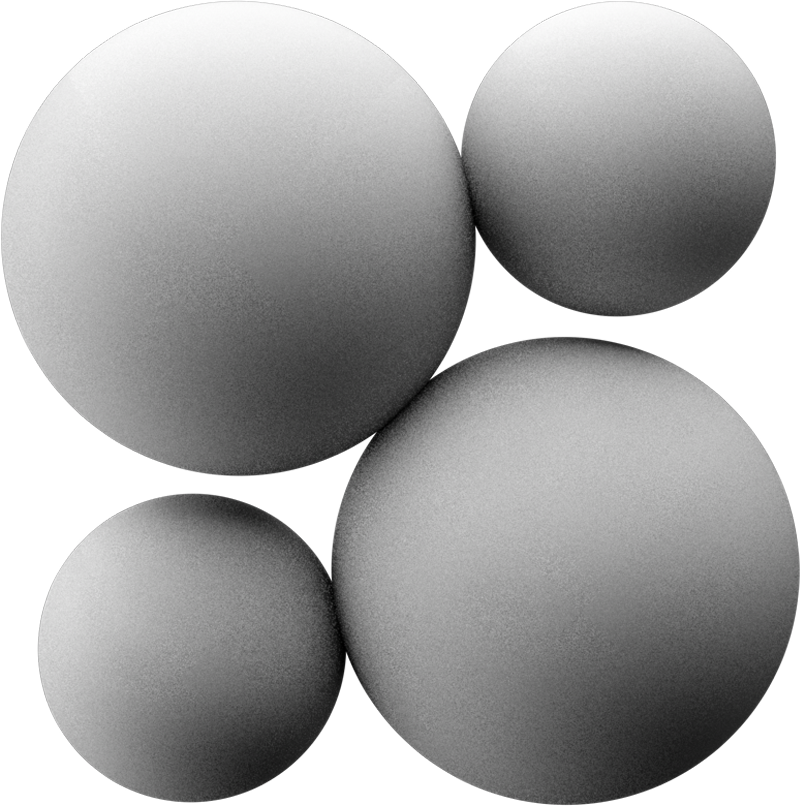The American Dust Bowl of the 1930s demonstrated the disastrous consequences of soil erosion and degradation. Years of farming practices + ravaging winds stripped the Great Plains of their fertility. The result? 1,000s died.
Today, we’re at risk of extreme soil erosion again, but the threat is magnified by climate change. Erosion and climate change create a dual hazard for our food supply and for our planet. Intriguingly, both can be mitigated by incorporating more carbon into the soil.
Photosynthetic carbon fixation removes co2 from the environment and into the soil. This reduces erosion by enriching the soil with carbon that feeds microorganisms that produce substances that hold the soil together, making it less vulnerable to movement by wind and water.
The soil holds 3x more carbon than the entire atmosphere. Since the beginning of agriculture, food production has removed about 133 gigatons of carbon once found in agricultural soil with the rate of loss having increased dramatically in the past two centuries.
Many farms are running out of usable soil. In fact, the US loses 10x more soil than what is generated; in states such as Iowa, New Mexico, and Nevada, erosion is much more rapid.

Carbon sequestration in agricultural soil was the goal of the “4 per 1000” proposal introduced in France in 2015 Paris climate talks.
The proposal contended that by increasing the carbon content of all of the soil on Earth by 0.4%, all future emissions would be avoided. 29 countries signed it, but it didn’t gaintraction because of its aspirational and unattainable nature.
Instead, other practices such as cover crops, perennial prairie plants, contour farming, windbreaks, reduced tillage, and regenerative grazing could be a powerful tool to increase carbon sequestration in the soil.
At Solugen we’re designing carbon negative, bio-based products for use in crop fertility that reduce soil degradation by increasing the “stickiness” of the soil, while simultaneously delivering critical nutrients to the crops.
The US experienced the impacts of extreme soil degradation during the Dust Bowl, let’s avert a similar disaster today. Come check out how you can be part of this fight 👊








